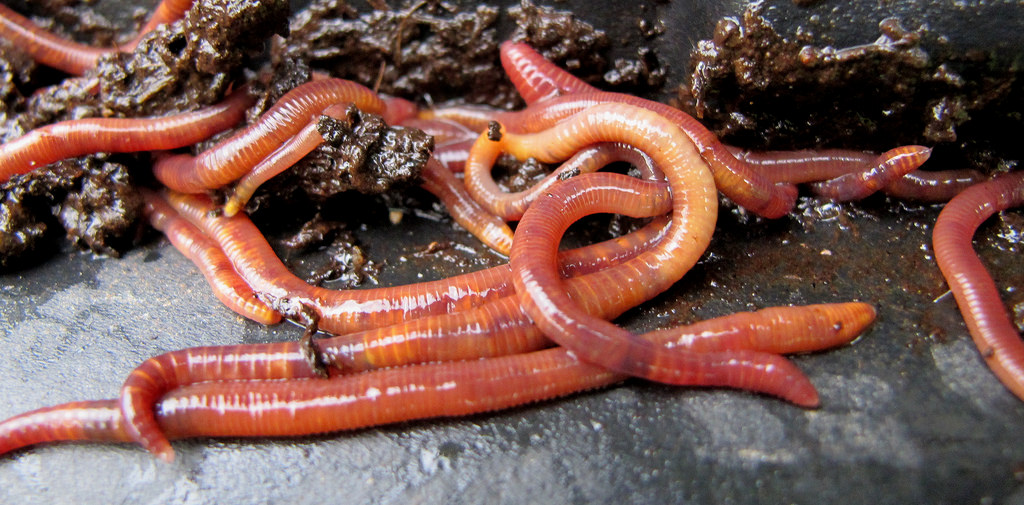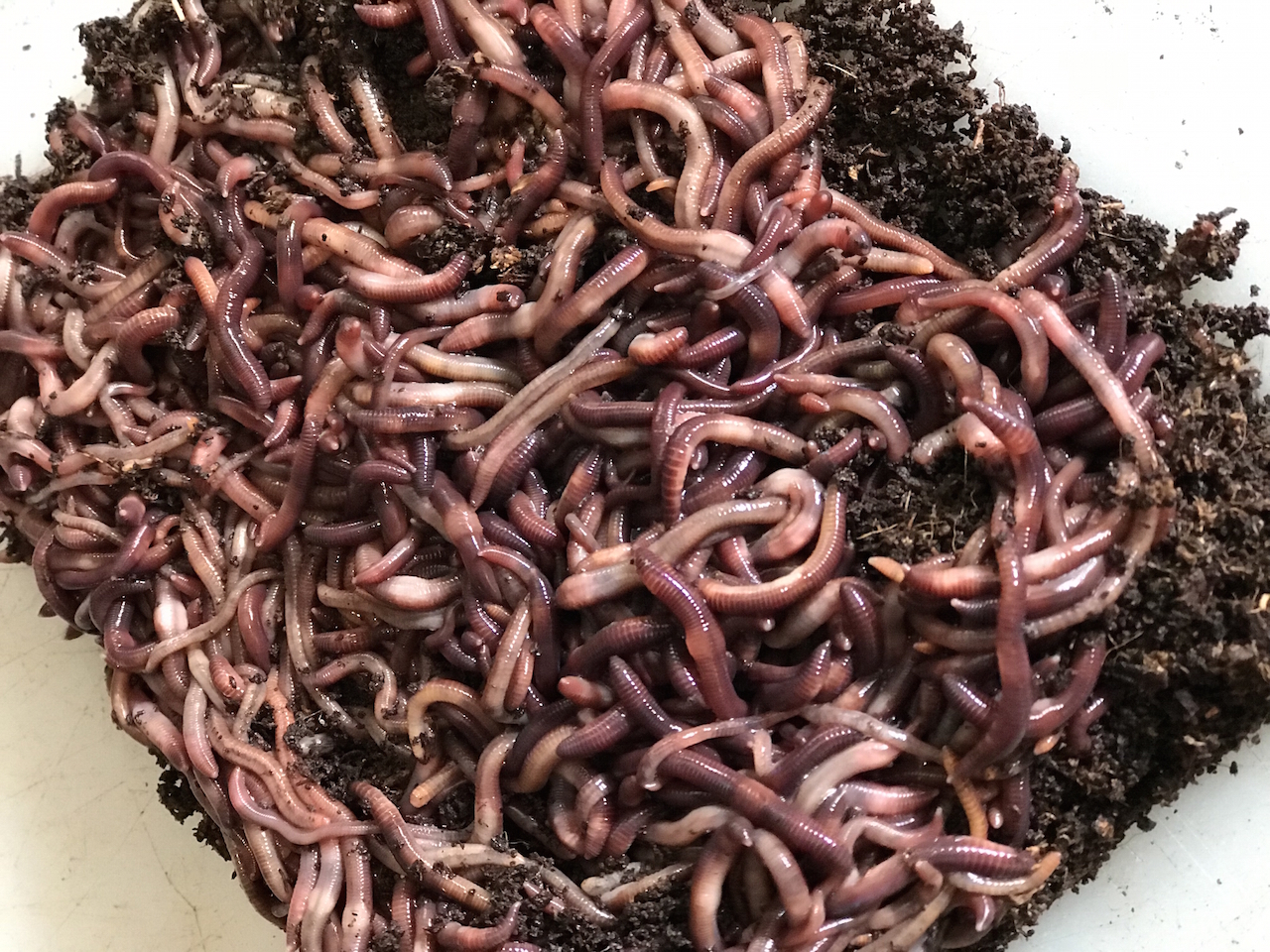Find the Best Products for Lawn Care with Red Wiggler Express for Healthy Lawns
Unlock the Secrets of Red Wigglers: Your Guide to Composting Success
The integration of red wigglers right into composting techniques provides a considerable opportunity for boosting dirt health and wellness and promoting sustainability. Understanding their demands and actions is critical for enhancing their potential, from establishing up a proper worm bin to feeding them the right products.

What Are Red Wigglers?
(Lake Hickory Bait)Red wigglers, clinically understood as Eisenia fetida, are a species of earthworm mainly utilized in composting as a result of their remarkable capacity to disintegrate raw material effectively. These worms are characterized by their reddish-brown pigmentation and a segmented body, commonly measuring in between 3 to 4 inches in length. Unlike various other earthworm species, red wigglers grow in rich, natural environments, making them excellent for vermicomposting systems.
Indigenous to The United States And copyright, they are frequently located in rotting fallen leaves and compost stacks, where they play an essential function in nutrient recycling. Their adjustment to residing in a moist, cardiovascular setting enables them to take in huge quantities of natural waste, simplifying right into nutrient-rich castings that improve dirt health.
Red wigglers duplicate rapidly, with a single worm with the ability of generating several cocoons every week, each having numerous hatchlings. This rapid reproduction price contributes to their efficiency in composting procedures. They like temperature levels in between 60 ° F and 80 ° F, and their task level enhances substantially within this array, further aiding in the decay procedure. Recognizing the biology and behavior of red wigglers is vital for optimizing their possibility in composting applications.
Advantages of Making Use Of Red Wigglers
Harnessing the power of red wigglers in composting offers numerous benefits that enhance dirt wellness and advertise sustainable waste monitoring. These impressive organisms efficiently damage down raw material, transforming kitchen area scraps and lawn waste into nutrient-rich vermicompost. This completed product is extremely useful for plant growth, as it enhances soil structure, boosts wetness retention, and improves nutrient availability.

(Red Wiggler Express)Additionally, the visibility of red wigglers in your composting system can speed up the composting process, generating top notch compost in a fraction of the moment compared to traditional approaches. The castings generated by these worms are likewise including beneficial microbes that further improve the soil ecosystem.
Establishing Your Worm Bin
Producing an effective worm container is a straightforward procedure that can significantly enhance your composting initiatives. The very first action is choosing an ideal container. Worm bins can be made from plastic storage space bins, wood boxes, or readily readily available worm bins. Ensure the bin has adequate drain and air flow holes to keep optimal dampness levels and air movement.
Next, prepare the bed linen product, which acts as the worms' environment. A mix of shredded paper, cardboard, and coconut coir works well, offering a comfy setting for the worms. Aim for a bed linen deepness of concerning 4-6 inches. Dampen the bedding lightly, ensuring it appears like a wet sponge without excess water pooling near the bottom.

Feeding Your Red Wigglers
To guarantee the wellness and performance of your red wigglers, it is essential to provide them with a well balanced diet plan that meets their dietary needs. Red wigglers grow on a diverse array of natural materials, which not only supply essential nutrients however also advertise efficient composting.
Beginning by integrating cooking area scraps such as vegetable peels, fruit cores, and coffee premises. Prevent citrus fruits, onions, and garlic, as these can be detrimental to worm wellness. Furthermore, present shredded paper, cardboard, and dry fallen leaves to create a well-aerated setting.
Feeding frequency must be monitored; normally, worms can consume half their body weight in food weekly. It is crucial to stay clear of overfeeding, as excess food can result in undesirable odors and draw in parasites. A good method is to include food in percentages, allowing worms to refine it before introducing extra.
Maintaining wetness degrees is also important; the bed linens should perspire yet not soggy. Finally, make certain to frequently examine the temperature level and pH levels of the bin to make sure an optimum environment for your red wigglers, eventually enhancing their composting performance.
Harvesting and Using Compost
An effective composting process with red wigglers finishes in the rich, dark compost known as vermicompost, which can significantly improve dirt health and wellness and plant growth. Harvesting this nutrient-dense product commonly takes place every 3 to six months, depending on the dimension of your system and the quantity of organic issue being refined.
To harvest, delicately separate the garden compost from the worms and any kind of undecomposed products. One efficient method entails relocating the materials of the bin away and adding fresh bed linens and food to the vacant space, urging the worms to move. After a couple of days, the compost can be gathered from the opposite side.
It is necessary to make use of vermicompost appropriately to maximize its benefits. It can be used as a leading dressing for yard beds, mixed into potting dirt, More Info or brewed into a nutrient-rich fluid fertilizer referred to as "worm tea." This application technique helps to supply vital nutrients directly to plant origins, promoting much healthier development. By incorporating vermicompost right into your gardening routine, you not only reuse organic waste however also produce a thriving environment that supports sustainable gardening methods.
Final Thought
In summary, red wigglers serve as extraordinary allies in composting initiatives, changing natural waste right into nutrient-rich vermicompost. By recognizing the optimum problems for their environment, feeding demands, and garden compost harvesting methods, gardeners can improve soil health and wellness and advertise plant vitality.